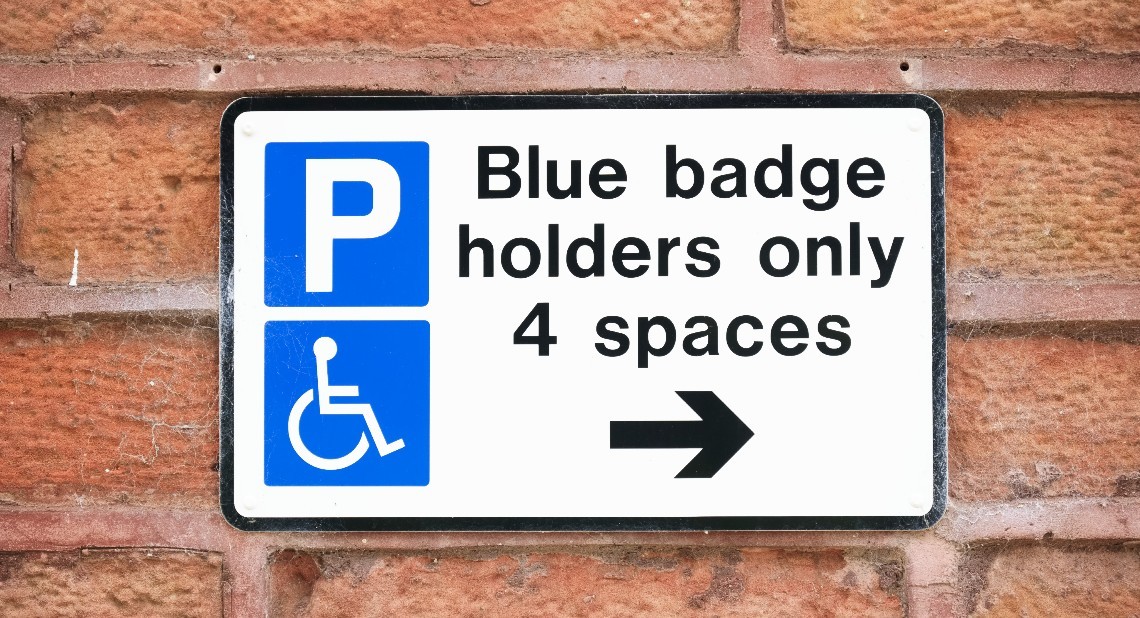Let’s face it, parking is not the easiest part of driving! It is a great source of stress for lots of drivers, although it doesn’t have to be this way. With these helpful tips, we hope that you’ll gain more confidence in parking manoeuvres and have one thing less to worry about when you go out driving.
Types of parking
There are really only two types of parking but it is worth looking at each one separately and in detail.
Parallel parking
Parallel, or reverse parking, is where you need to get a car sideways into a line of parked cars or a space along the side of a road. It is probably the most tricky to do, but with practice, it can be a lot less stressful than many people think.
Tips
If you find this type of parking difficult, be sure to spend extra time looking for large spaces until you feel more confident. Next, when you are about to reverse into the space, make sure you have pulled up one cars length past the space. As you reverse, put half lock on until you are halfway past the car next to you. At this point stop and take a breath, straighten the wheel and move slowly back. As the front of your car comes level with the rear of the car in front, turn the wheel to half lock the other way into the space. You should then slowly move backwards.
Keep an eye on your kerbside mirrors and straighten the wheel as you reach the car behind. If it doesn’t work, move all the way out and start again, do not try and keep correcting it in the space as it will be very hard to fix it this way. It really should only be three movements – turn outwards, straighten, turn inwards.
Parking in a car park
This is one manoeuvre people really worry about because they come across it all the time, such as in supermarket car parks. The good news is that it should not be an issue once you have got the technique right!
Tips
The most important thing here to remember is to reverse in and never go forwards into a space. Even if the space is on its own and empty both sides it is still better to reverse so getting out is easier! Simply drive past the space, move both door mirrors downwards so you can see the lines and reverse. Take it slowly and don’t be rushed by people waiting. Move backwards, adjusting the steering to keep the car in the middle and slow to a stop as your driver seat levels with the cars next to you or you feel you are too close to the rear edge of the space. This can be done in two movements – turn the wheel left hand down and slowly move back, then straighten out.
It’s all about confidence
Of course, reading these tips and being told not to worry is one thing, but the most important thing is gaining confidence by going out and putting these tips into practice. A great place to vanquish supermarket parking worries, for example, is an empty supermarket car park. Once the store is closed, it is easy to find some empty spaces to practice reversing into. Do this as often as possible and in no time at all, a busy car park will feel no more stressful than an empty one.
Practising in an empty car park can help with any stress that comes from having lots of cars around
Parallel parking is a little harder to practice but not impossible. Find a quiet road, or even email a local driving instructor and ask where they teach this type of parking. The road needs to have very little traffic but a few parked cars to use. If it still feels a bit too stressful to practice with cars, you could take a few plastic bottles filled with water and set out some mock cars until you’re ready. This practice can really help take the stress out of parking.
A helping hand
There is some great technology out there to make parking easier, such as parking sensors. Some cars have front and back sensors while others just have them at the back—either way, they are very useful. Practice with them and ask a friend to stand behind the car until the beeper goes then show you how far away the car is. Often sensors will go off a long way before hitting anything.
Reversing cameras and the newer 360 cameras can also be very useful, but it’s really important to know that they are not a substitute for a looking around and using mirrors properly. They give a good idea of what is behind you and can help you finetune your parking, but they can stop people from seeing approaching cars and people. Always be careful to use cameras with care!
Browse cars available on the Motability Scheme to find the technology you need
Key takeaways
Other than the importance of practice, another key factor for getting better at parking is to not be pressured by other drivers. Even if other drivers get impatient, try and ignore them and concentrate on the job in hand. Over time, try out different sized spaces and don’t shy away from a busy space—give it a go because eventually, it won’t seem anywhere near as worrying as it once was!
Related articles
Lane departure warning, driver alert systems and reversing cameras explained
11 Safety systems to be featured in new cars by 2021
Satellite Navigation Systems Explained
![]()







